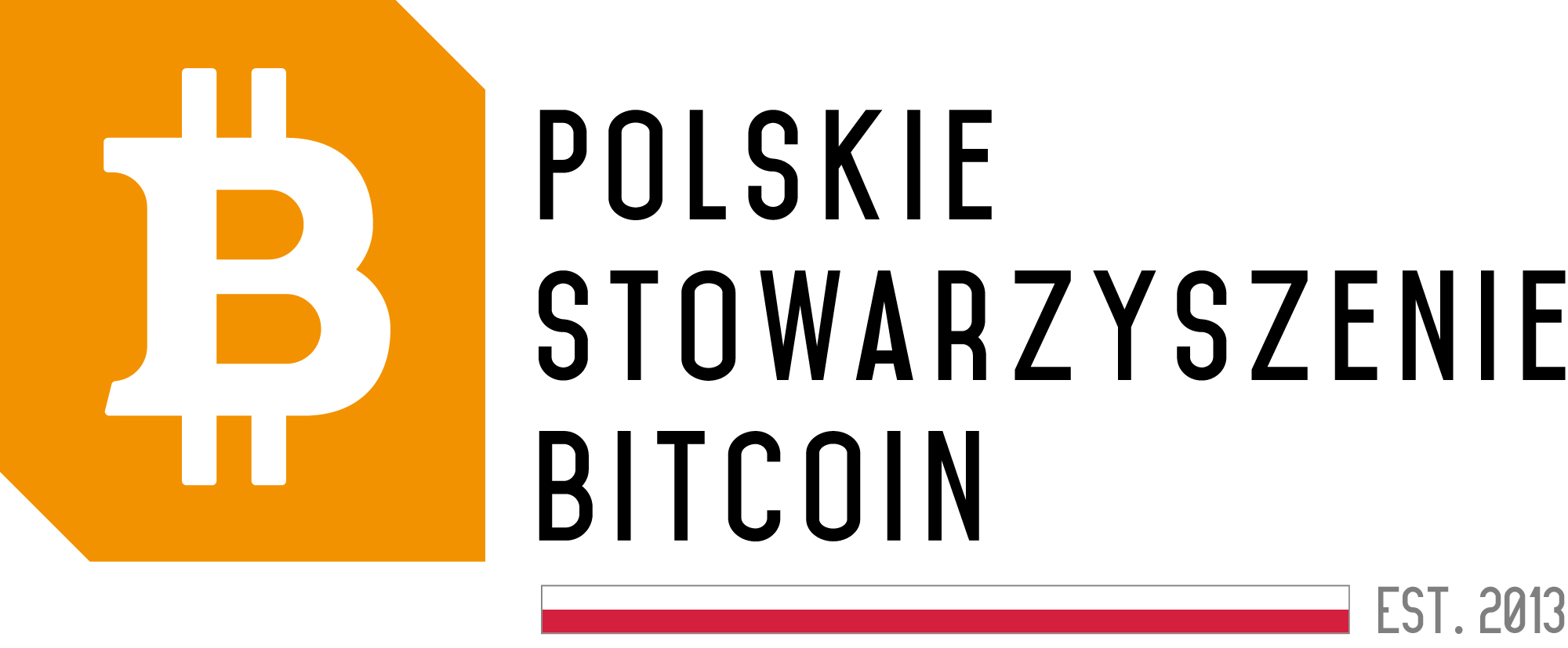blocks
Blocks are the fundamental building units of the blockchain network on which cryptocurrencies and other crypto-assets are based. They are sequences of data containing information about transactions that are added to the block chain in a chronological manner. Each block contains a certain number of transactions and a unique identifier, also known as the block hash.
Structure of Blocks
Each block consists of a header and a body. The header contains metadata such as the time of block creation, the hash of the previous block (linking it to the previous block), and the hash of the current block. The body of the block contains a list of transactions and data necessary for their verification.
Block Creation Process
The process of creating a new block, also known as mining, involves solving a complex mathematical problem that allows adding the block to the blockchain. Miners compete to be the first to solve this problem and receive a reward in the form of new units of cryptocurrency and transaction fees.
Importance of Blocks in the Crypto-Assets Ecosystem
Blocks play a crucial role in ensuring the integrity and security of transactions in the blockchain network. By utilizing distributed ledger technology, each transaction is verified by multiple network nodes, making fraud practically impossible. Furthermore, the blockchain enables transparent tracking of transaction history, promoting the overall system’s transparency.
It is worth noting that blockchain technology development also has broad applications beyond crypto-assets, such as in the logistics sector, data security, or supply chain management.
In summary, blocks are the basic structural unit of the blockchain, revolutionizing many areas of the economy and technology. Their significance in the world of crypto-assets cannot be overstated, as they form the foundation of the entire blockchain ecosystem.






